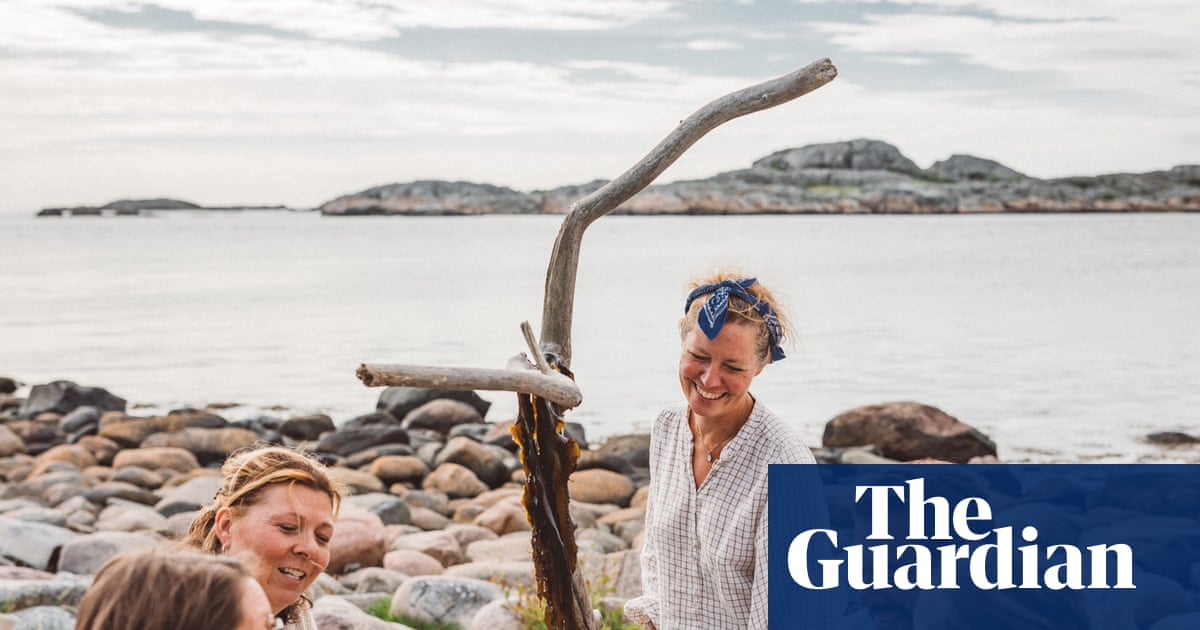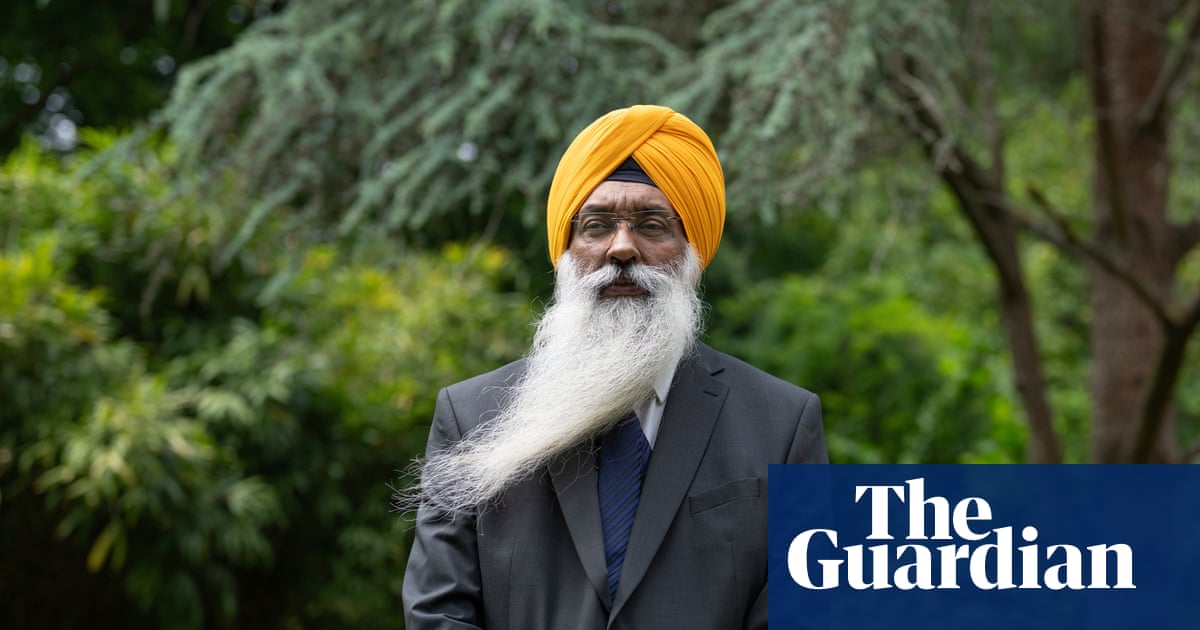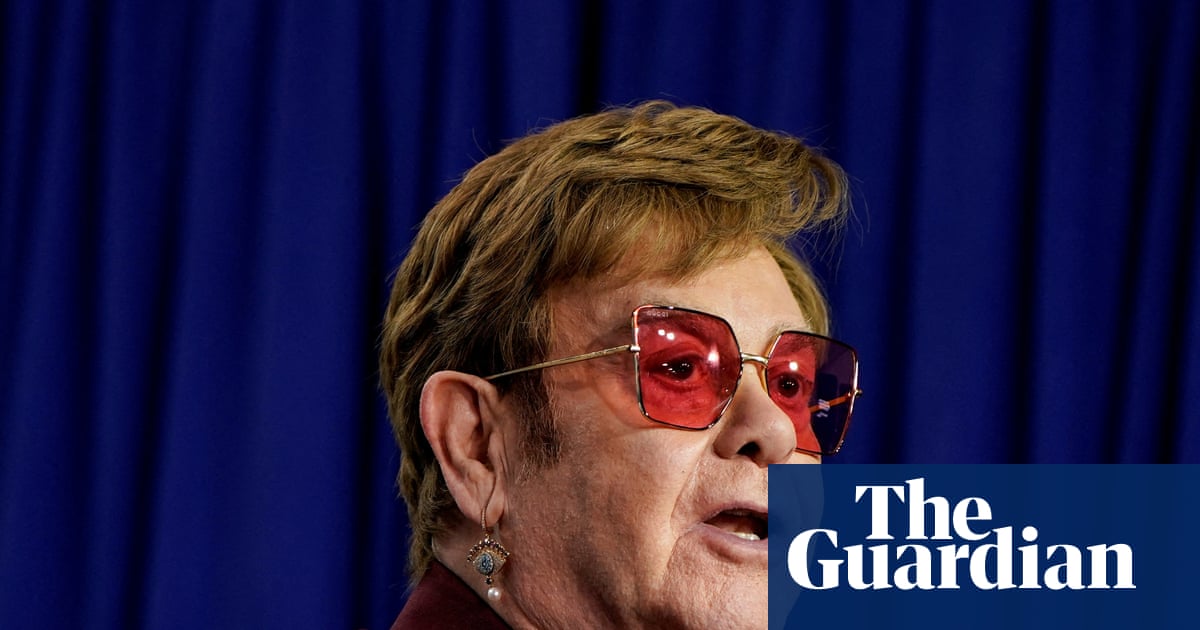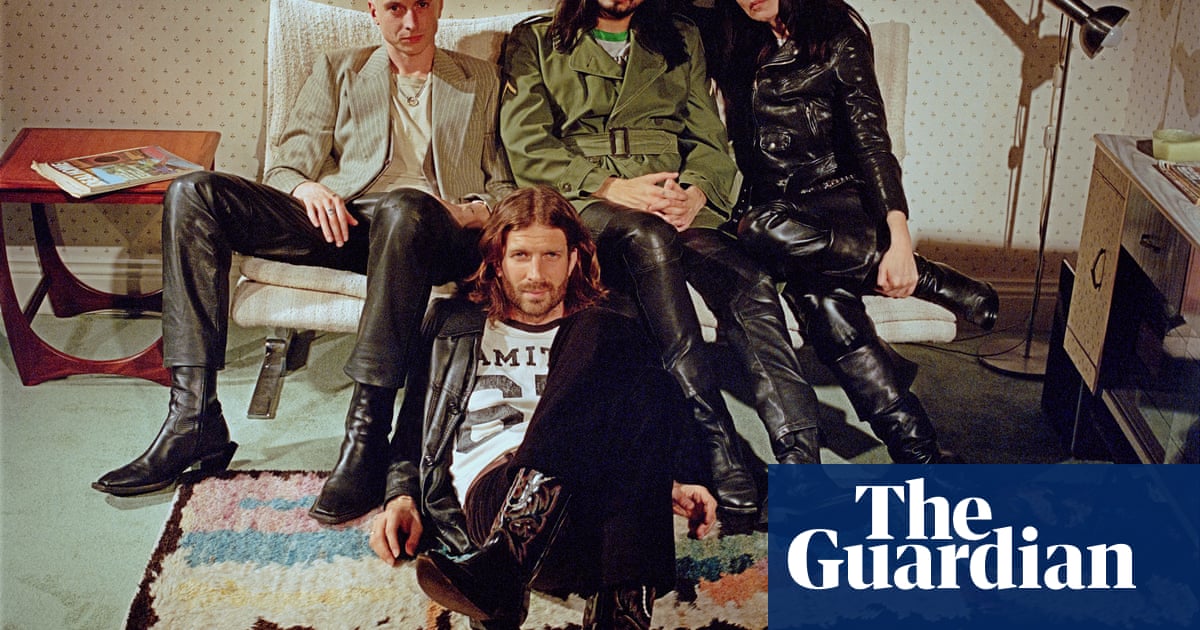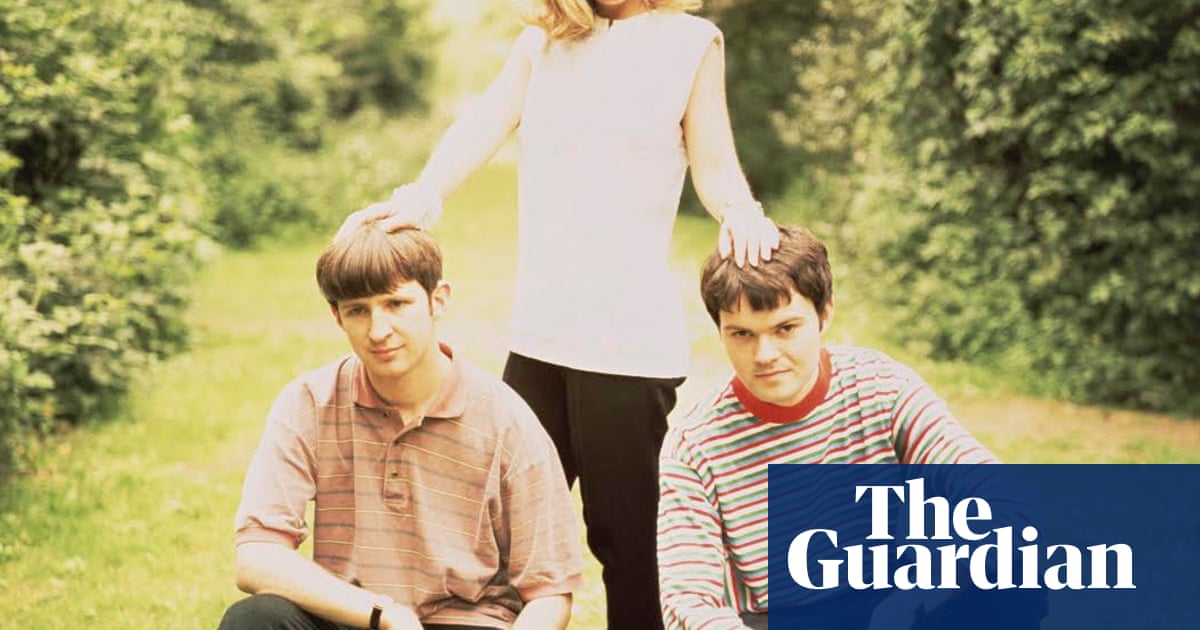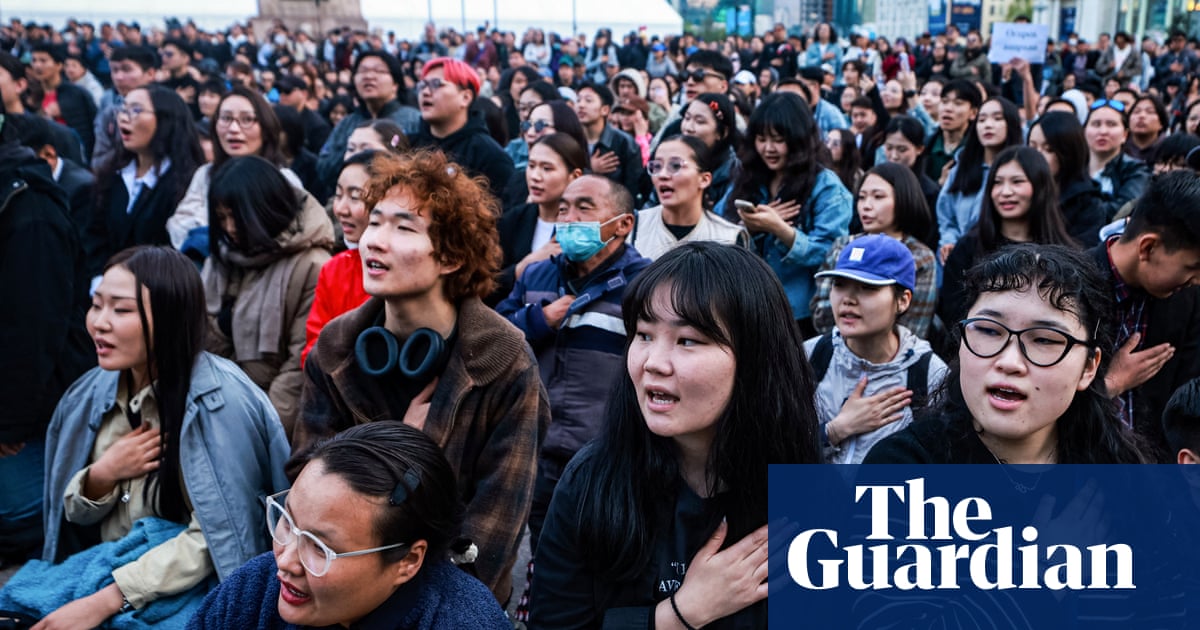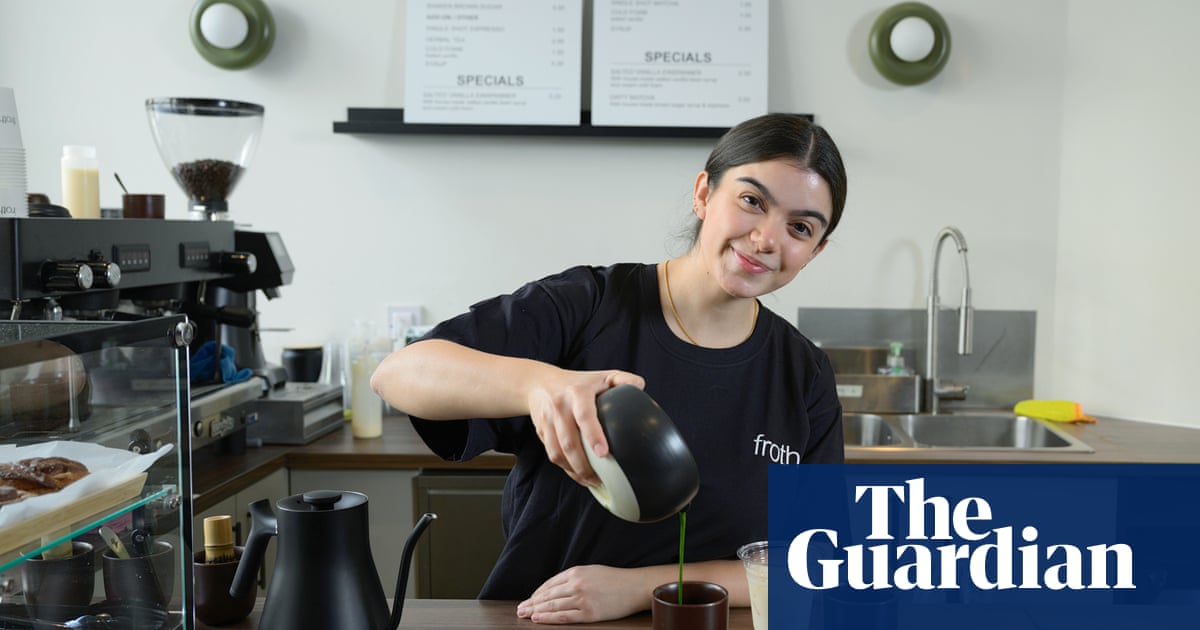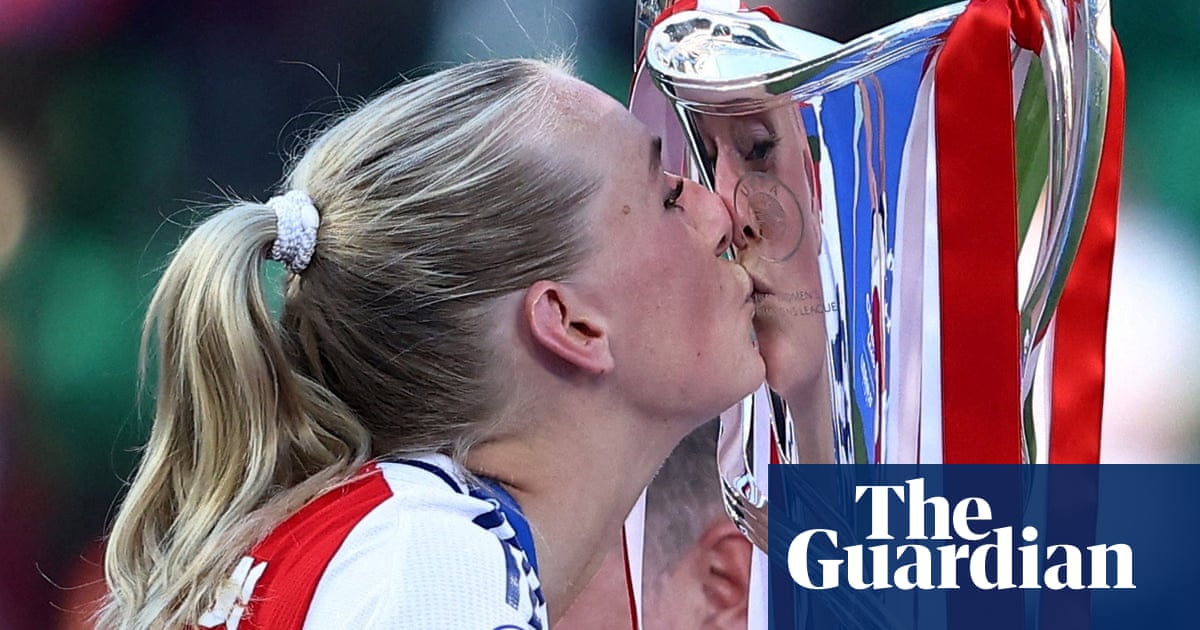Monaco’s place in Formula One history has long since been established but two little-known races from the principality 51 years ago remain etched in the memory of those who took part, when women blazing a trail in the male-dominated motor racing world took to the track in Monte Carlo.
Christine Beckers competed in the first Grand Prix Monte-Carlo Féminin on 26 May 1974 and now, at 81 is as irrepressibly enthused about racing as she was when she fell in love with the sport as a teenager.
“I lived my passion,” she says. “There’s no better way to live. Driving, I always felt that’s what I like the most in life. That’s where I’m happy. That’s where I forget everything else. Only having the best time.”
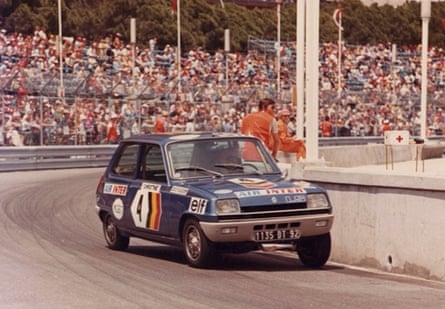
It is a philosophy she has long followed, determined not to be constrained by the attitude toward her gender of the time. “I have to admit that I think it helped me,” she says. “Because I was quite a nice girl, good looking, smiling, a bit crazy. So everybody was laughing at me but saying: ‘Why not? Why not? She’s so crazy, she could do something.’”
She did. The Belgian has embraced the sport her entire life. Last year she became the oldest driver to have taken to the wheel of an F1 car, the 1985 Arrows A8 lent to her by her compatriot Thierry Boutsen, which she drove at Zolder. She also raced competitively at Spa-Francorchamps in the same model of Alfa Romeo she had previously driven 50 years before.
After all this time she still vividly remembers the moment the sport captured her. “I was 14 and in 1958 my father took my brother and me to Francorchamps to see the Formula One Grand Prix I have a picture of me in a racing car that day and you can see in my eyes that I really decided I want to do that,” she says. “So I told everybody I was going to be a Formula One driver. I was just looking at the car and the sound of the motors and the atmosphere. I even liked the special oil they were using at that time and later on I wanted to do a perfume with it.”
But she also admits it was far from straightforward to even begin to achieve the dream. “I was very bad at learning to drive. Nobody wants to believe that, but I was very bad. All the family had to try together because there were no lessons at that time,” she recalls, with a hearty chuckle. “Then at 18 I quit school because at mathematics I was awful. So my father was very angry with me. He was crazy about a girl saying she wanted to be a racing driver and not having good results at school. But I never doubted, I really was sure I was going to be a very good racing driver.”
Her conversation as we discuss race in Monaco is peppered with the enthusiastic laughter of a competitor never happier than when discussing the sport they love. While the races she competed in at Monaco have previously been barely a footnote in racing history, the story of the 1974 and 1975 Ladies’ Monte-Carlo Grands Prix are among those collected in a new book, 100 Years of Women: Motorsport & Monaco.
The only women-specific support races at the Monaco GP were held before the main event and run over 15 laps. Being the 1970s the principality’s paper ran a picture of the drivers with the headline “Ces jolies filles demain sur le circuit pour le Premier Grand Prix Monte-Carlo Prix féminin” which roughly translates as “These pretty girls will be on the circuit tomorrow for the First Ladies’ Monte Carlo Grand Prix”. For the participants, who were racers as opposed to jolie filles, it was an important moment.

“All the girls were invited from everywhere in the world,” says Beckers. “Monaco is always very special, it’s like a dream. I knew that somebody who wins at Monaco is somebody very special. It was fantastic for me, even if it was a very small car and not many horsepower, I didn’t mind, because not many people can say: ‘I’ve been racing in Monaco.’”
The car was but a moderately souped-up version of the road-going Renault 5 and, as the press noted at the time, it was “comical” to have drivers at the top of their game in a ride designed for tootling around town. Beckers was a five-time Belgian women’s national champion at this point and that year she would also set a record alongside her teammate Yvette Fontaine as the first all-women team to win their class at the Le Mans 24 Hours.
At the time she was also racing under the mononym “Christine” – a rather amateur attempt to avoid her parents finding out– and while she cared little for the cars, she loved the chance to race on the streets of Monte Carlo.
“When you are racing, you are not really interested in the others. You are interested in who you can beat,” she says. “When you have your helmet on, you don’t know if it’s a girl or a man. You want to be first. So you are in a sort of other world. I knew the track, I’ve been walking on it; I was not afraid at all because the car was very slow. I was used to driving faster cars. But as it was in Monaco, it was not important.”
Beckers attended the traditional pre-race reception with Prince Rainier and Princess Grace and notes, with no little glee, the actor Elizabeth Taylor, too. However, in terms of the race she remains aggrieved that her “sort of friend” Marie-Claude Beaumont, with whom she had raced in rallies, proved ruthless.
The pair were on the front row of the grid in 1974. Beckers believed they had made an agreement to enter the first corner together but says Beaumont cut across her and took the lead, from which there was no chance of a comeback. “I had to follow her during the whole race and I finished second and that was awful,” she says.
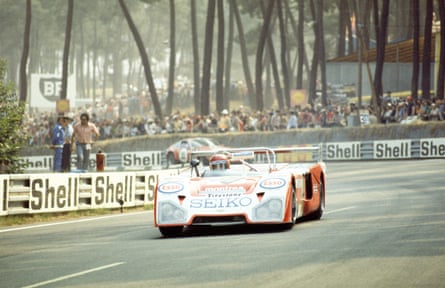
The American driver Paula Murphy was also somewhat disarmed but in her case by the formal reception. “I kind of walk around the fringe of the room, and I’m gawking, and finally I sit down in a chair,” Murphy recalled in 1976. “The butler came over with a big silver tray. So, I had a champagne and smoked a cigarette. I thought: ‘Well, I’ve had my glass of champagne, and I’ve met them all.’” So she left.
“The next day Jackie Stewart got into the car and said: ‘Princess Grace was worried about you last night and she wanted to know what happened to you.’ Well, I thought it was a cocktail party – at least that’s what the man at the hotel desk had interpreted to me – and it turned out it was a dinner, and I had left before dinner.”
Beckers was invited to the race again in 1975 but was unable to compete because her car rolled in a pre-race practice. She went on to drive the Le Mans 24 four times, including in 1976 alongside Henri Pescarolo and Jean-Pierre Beltoise for the highly respected Inaltéra team and a year later for the same team she partnered with Lella Lombardi, still the only woman to score an F1 championship point, to take 11th in the vingt-quatre, which remains the highest finishing position for a female driver squad. She was the first woman to compete in the Paris-Dakar rally, drove the Daytona 24 Hours twice and competed at Daytona in Nascar.
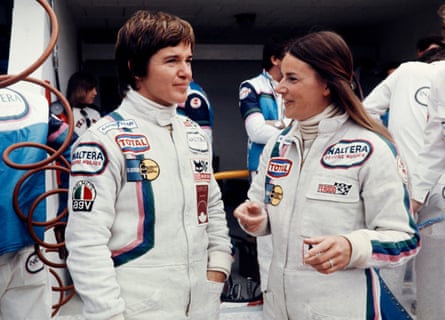
It has been an extraordinary journey and one she has no intention of ending any time soon. “I’m so happy to live my dream. In Monaco I was realising every minute of it.I was saying to myself: ‘Here I am.’ The people who were saying I could never do it, well, you see, here I am.”

.png) 3 months ago
107
3 months ago
107









